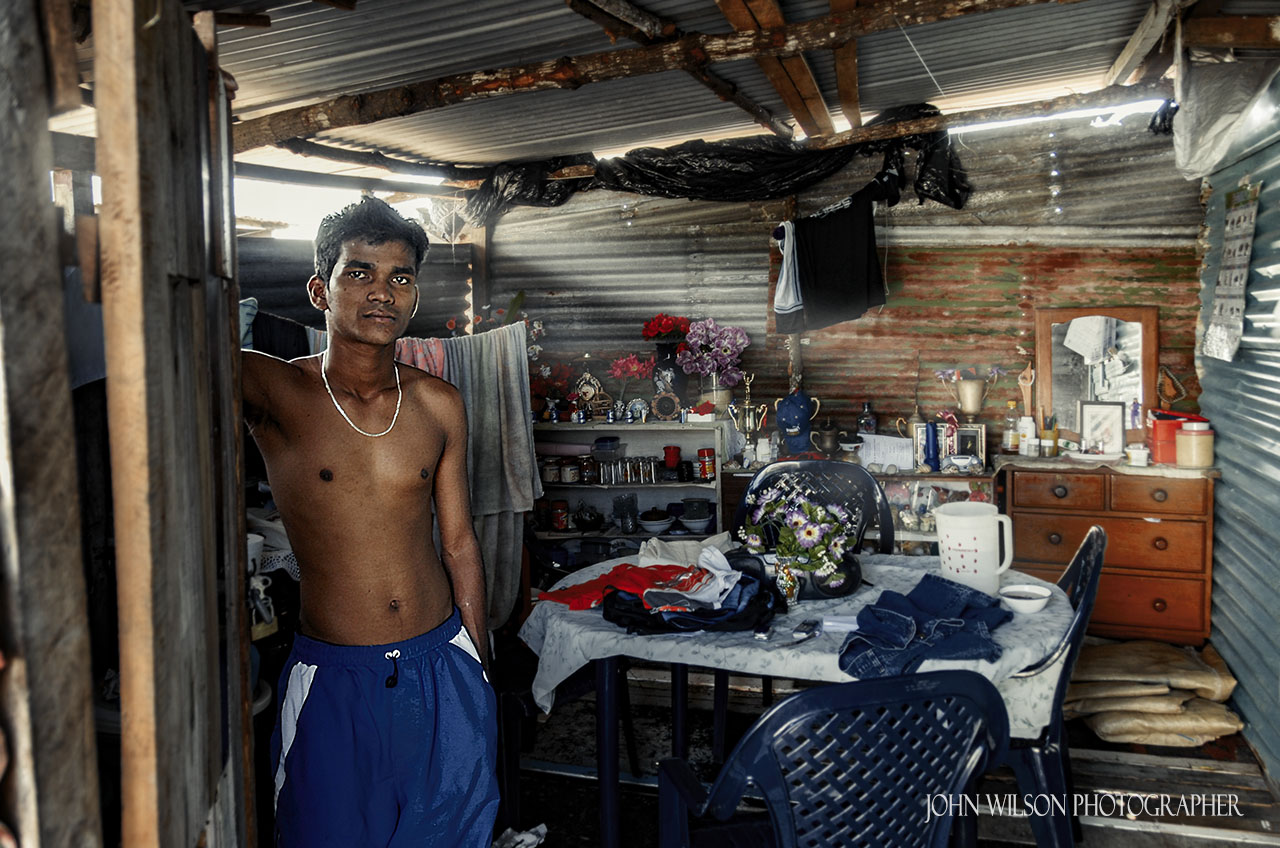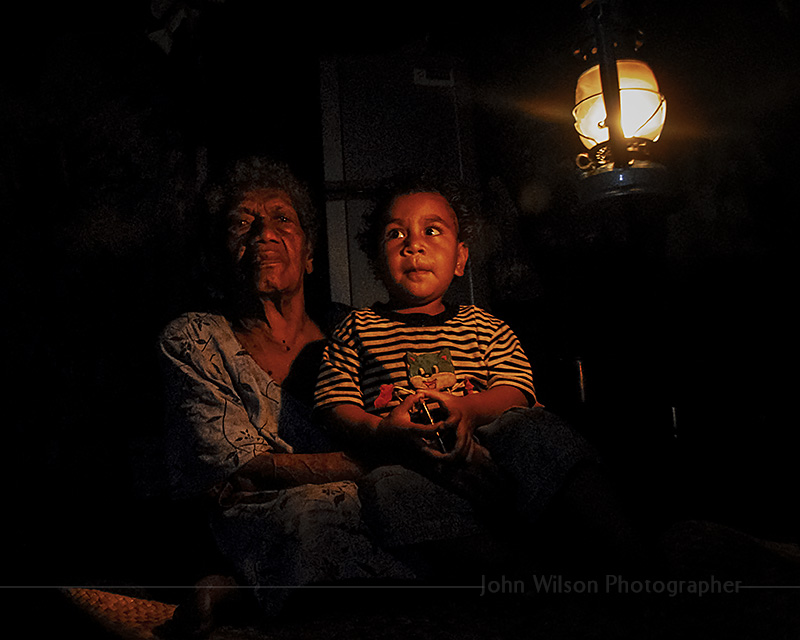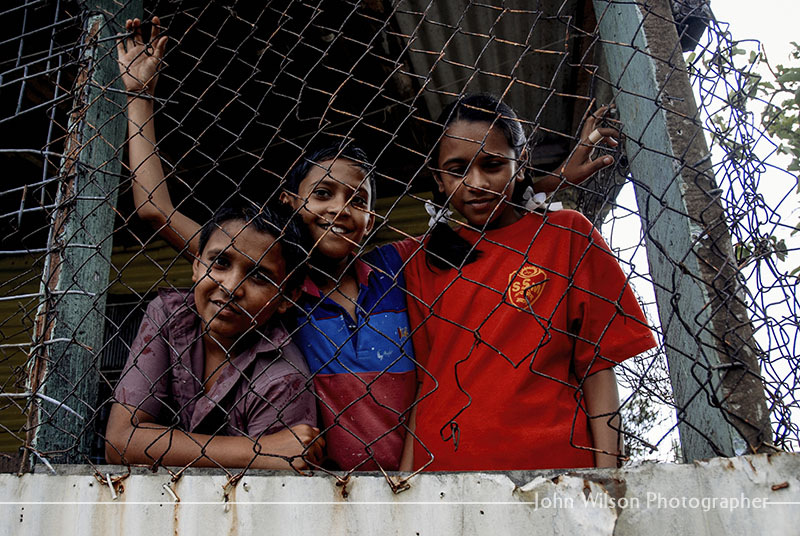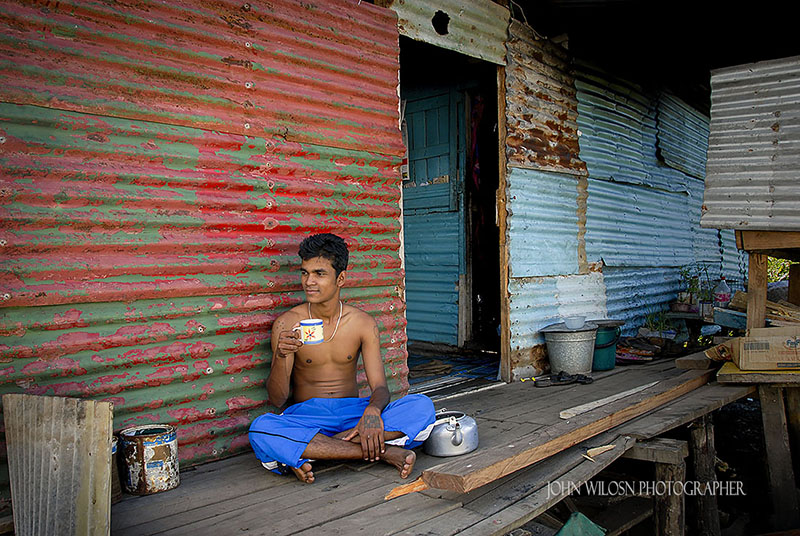
Wrong Side of Paradise – Photojournalism – Time Magazine Assignment
Australian Photojournalist - John Wilson
I traveled to Fiji Islands on a Time Magazine assignment to document a story on squatter’s settlements and crowded living experienced by the countries poor


Squatter Camps Statistics
Squatter’s camps around the capital Suva and other locations house about 20% of the nation's population. In the larger settlements around Suva 800+ families are accommodated in shanty living conditions.
With no running water or sewerage, the living conditions in the shantytowns are barely liveable. Some of the residents dangerously siphon electricity power from power lines running past the camp while others use kerosene lamps for night time lighting. Security, or more correctly, lack of security is an issue in the settlements. There is also an issue of child illiteracy in the settlements even though education is free in Fiji. Many families in the squatter settlements can barely afford basic living necessities let alone school books and clothes.

Dim light. Keroscene lamps are the only form of lighting in some sahnty homes.

Sharing rooms. Some shanty houses don't have separate sleeping rooms and beds are shared with as many family members that can fit on a bed.

Insecure security. With no police presence in squatter camps, residents try to secure what few possessions they have by nailing old bits of wire mesh around their houses.

In recent times as more people look for housing some squatters have rented out rooms (if they can be called rooms) to try to earn some money. This increased concentration of people in an environment already overcrowded presents more social problems in these communities.
Behind the scenes - how we covered the story editorially
I travelled through many of the squatters camps around Suva with Time magazine writer Rory Callinan. Its always difficult reporting on the personal lives of people but we conducted our work with great respect and we were welcomed into many tiny, cramped homes brimming with people going about their daily lives the best they can and willing to explain their circumstances to us. I stayed with some families throughout their days and nights to make some photos. If talking to people about their personal lives required great respect than making photos as well in these situations requires even greater respect and patience. In these situations I always try to capture some personality of my subjects while also trying to capture a sense of place to allow the reader to get a feel for the story I'm photographing.
Each morning and evening I would collaborate with the writer to discuss the day ahead and what we wanted to achieve and in the evening we would go over our work, We'd often be up before dawn and finis well into the night, often after midnight. On one particular occasion, we decided we needed an elevated view of one of the sprawling camps and unable to get a plane or helicopter I resorted to hiring a "Cherry Picker" which is a hydraulic crane on the back of a truck. This caused some amusement at the camp as residents gathered to see what I was doing!!

Passing time. Rainy days in the camps are used to gather fresh water.


Morning tea. Discarded timber and iron found at dumps end up as makeshift addon structures to shanty houses.

Life goes on. Generations are growing up in squatter settlements.
My gear for this assignment
For this assignment I used the following equipment which was around 30kg.
- a couple of Nikon D2x cameras,
- nikon 80-200mm f2.8 lens,
- nikon 21mm f2.8 lens,
- nikon 55mm micro lens,
- Nikon 85mm f1.8 lens,
- Nikon 300mm f2.8 lens,
- Nikon 400mm f5.6 ais lens ( a lens I've used for more than 25 years and is as good as the day I bought it!!)
- Nikon 1.4x and 2x teleconverter,
- a couple of Nikon flash units with off camera extn leads and
- some warming and cooling filters,
- laptop and additional memory cards for back up copies of all images,
- penlight torch and leatherman tool,
- manfrotto monopod.
- Domke F1x camera bag for most of my camera gear
- lowepro back pack for some additional gear and laptop.
- Camera rain covers.
- Roller duffle bag for clothing etc

Terms & Conditions
Subscribe
Report
My comments